Answer to Questions about Atheism asked Frequently on CafeMom
Part (08/23)
What is an Atheist world-view?
As mentioned previously, for the moment I'm using the phrase "Atheist world-view" to refer to the most naturalistic version; I'll come onto the other variants later. So, here is an example...
Traditionally a world-view can be split into 6 components:
Etiology ("What happened in the past?")
Cosmology ("What is life, the universe and everything? How does it work? What is human nature?")
Eschatology ("What is going to happen in the future?")
Epistemology ("How do we know this?")
Philosophy ("What should our goals be?")
Praxeology ("How should we try to attain those goals?")
What is the Atheist Etiology?
Maximum Minimum Event
13,830,000,000 13,570,000,000 Start of this universe
4,590,000,000 4,490,000,000 Start of the Earth
4,100,000,000 Surface of Earth cools enough for RNA to form
3,800,000,000 3,400,000,000 Start of life on Earth
2,800,000,000 2,400,000,000 Simple multicellular organisms
2,100,000,000 1,600,000,000 Eukaryotic cells and sexual reproduction
600,000,000 580,000,000 Complex multicellular life with Hox genes
550,000,000 500,000,000 Cambrian 'explosion' and ozone layer
500,000,000 Fish
300,000,000 Reptiles
260,000,000 End of the Karoo Ice Age
230,000,000 First Dinosaurs
200,000,000 Mammals & break up of Pangaea supercontinent
150,000,000 Birds
130,000,000 Flowers
65,000,000 Last Dinosaurs
55,000,000 50,000,000 Rats, Whales, Bats, Camels & Primates
40,000,000 Split between New World and Old World monkeys
35,000,000 30,000,000 Grass, Pigs, Cats, Dogs
25,000,000 Split between Old World monkeys and apes
10,000,000 Savanna ecosystem : herbivores & carnivores
7,000,000 Split between Gorilla and Chimpanzee ancestors
6,500,000 Split between Chimps and first hominids
5,000,000 3,000,000 Mammoths, Saber-toothed cats & modern horses
2,580,000 Start of the Quaternary Ice Age
2,000,000 First members of the genus: Homo - stone tools
1,200,000 Last common ancestor with Homo erectus
500,000 Last direct common ancestor with Neanderthals
530,000 400,000 Language, Fire, Wooden Spears
300,000 150,000 Last Homo erectus dies
200,000 Homo sapiens sapiens
170,000 First wave of migration out of Africa
160,000 Genetic Eve
120,000 Start of most recent glacial period
60,000 Genetic Adam
35,000 32,000 Earliest cave paintings
28,000 Last Neanderthal dies
24,000 22,000 Venus of Willendorf religious sculpture
15,000 12,000 Bering land bridge, arrows, pottery
11,850 Oldest timber datable using dendrochronology
11,400 End of most recent glacial period
11,000 9,000 Agriculture, Animal domestication, metals
11,000 Oldest building found by archeologists
9,500 Oldest living tree (a spruce tree, in Sweden)
5,500 Oldest building that is still standing
5,500 5,000 Bronze, Writing, the Wheel
https://www.youtube.com/watch?v=zkAhFhYu_o8
https://www.youtube.com/watch?v=kGgvfqx29Lg
https://www.youtube.com/watch?v=snYtsT2Xwzs
https://www.youtube.com/watch?v=000qKIkKbUM
Changes in biodiversity over time (extinction events marked with triangles)
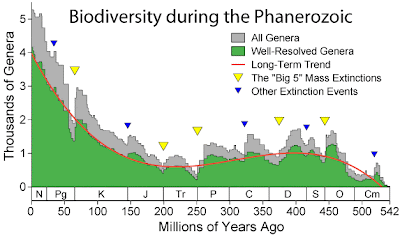
(vertical axis in thousands of genera)
(horizontal axis in millions of years)
Human migration patterns:
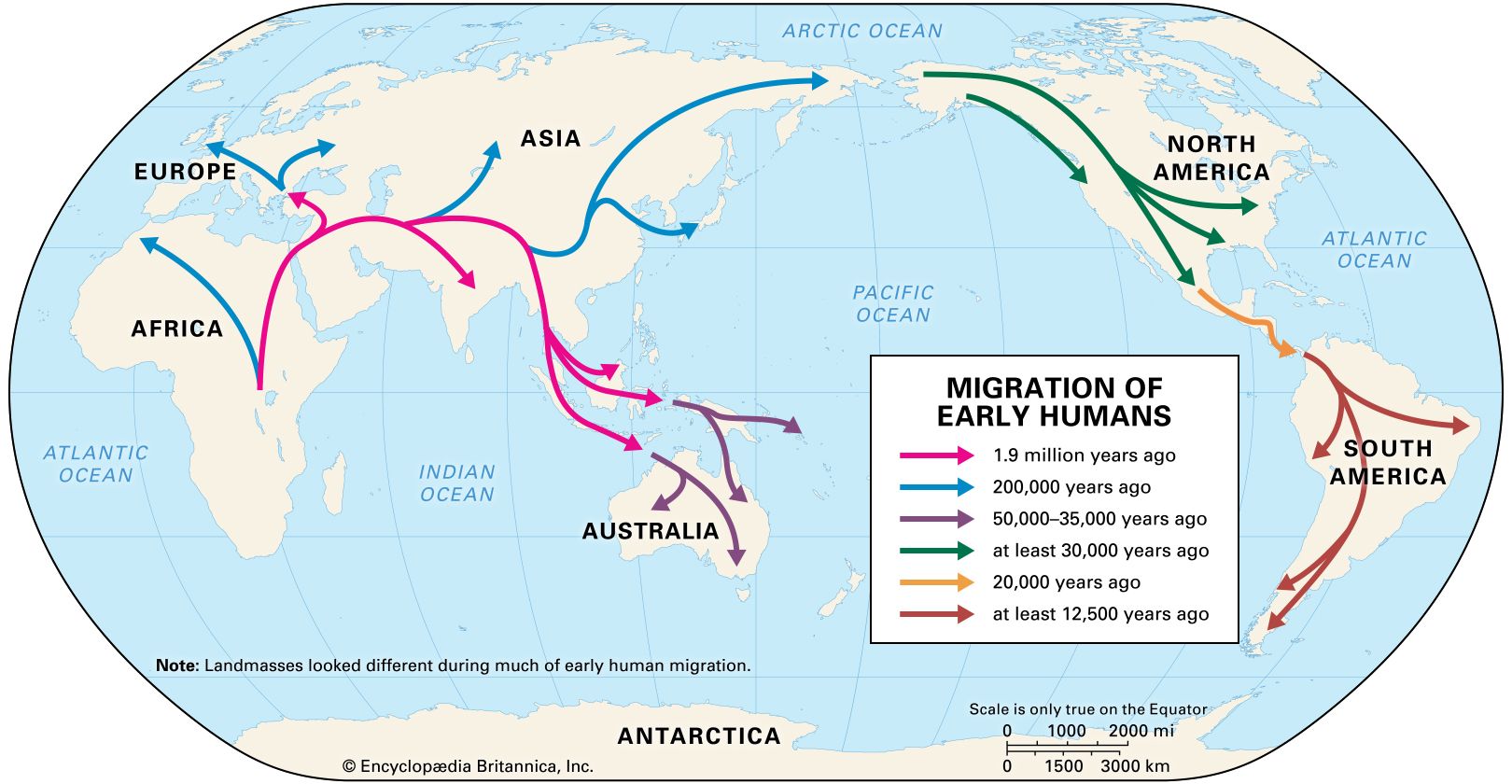
What is the Atheist Cosmology?
" All things are made of atoms - little particles that move around in perpetual motion, attracting each other when they are a little distance apart, but repelling upon being squeezed into one another. "
--Richard Feynman
All atoms and collections of atoms (such as bricks, apples and people) so far observed behave in a way that is consistent with there being certain regularities that are absolute (they have not changed since these regularities were first discovered) and universal (they apply everywhere we've seen, to everything we've seen). These regularities generally reflect symmetries of time and space, and conservation of quantities; and can often be expressed as surprisingly simple and elegant mathematical equations that are valid (accurate, on a probabilistic level, within statable limits) within well defined constraints. The study of this is called "physics".
Examples include motion:
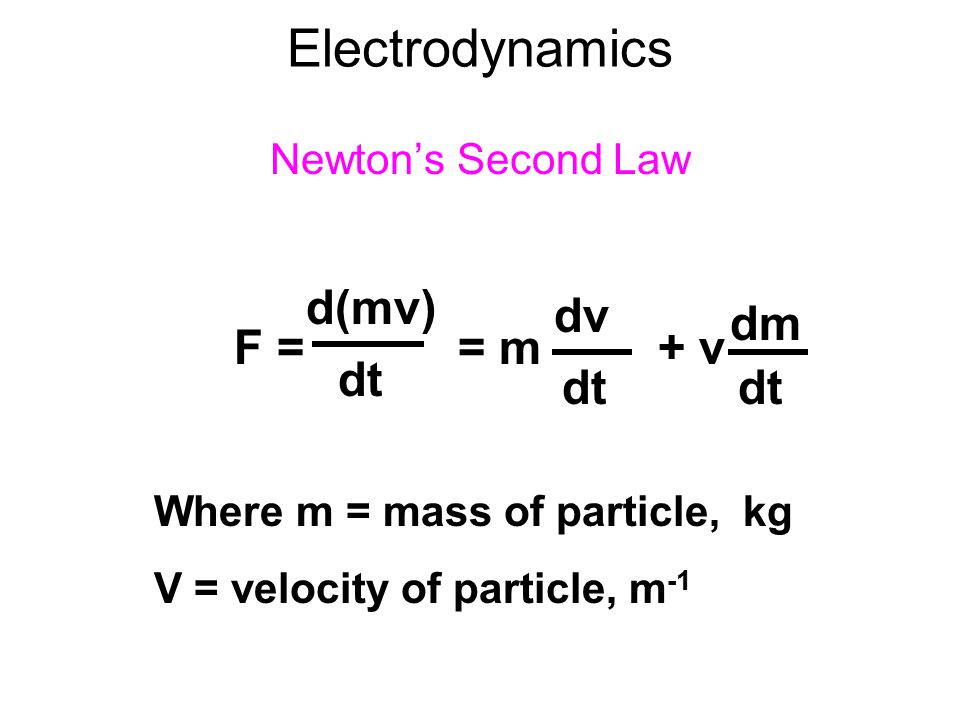
thermodynamics:
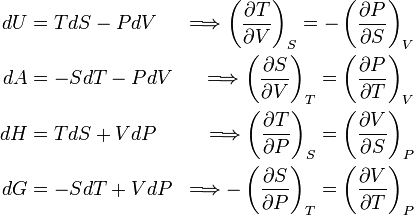
and electromagnetism:
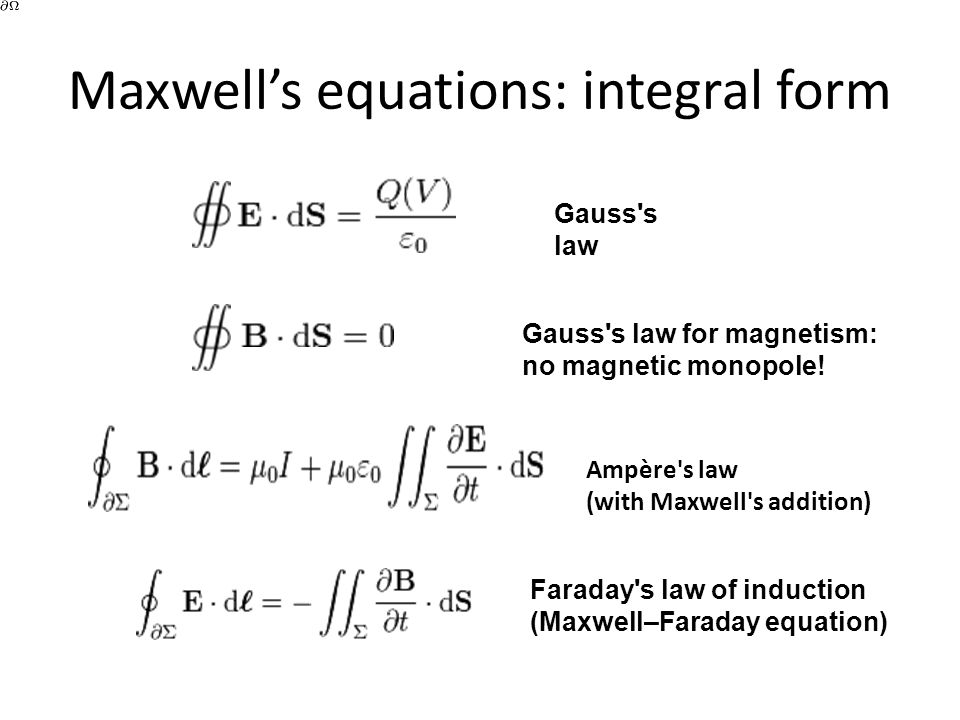
Looked at more closely, we find the atoms themselves are made up of collections of smaller charged and uncharged particles, which let the atoms be categorised into distinct categories called "elements" and sub-categories called "isotopes" and "ions", and which also allow the atoms to link together and unlink, under certain conditions, in a predictable fashion, forming compounds with distinctive properties. The study of this is called "chemistry".
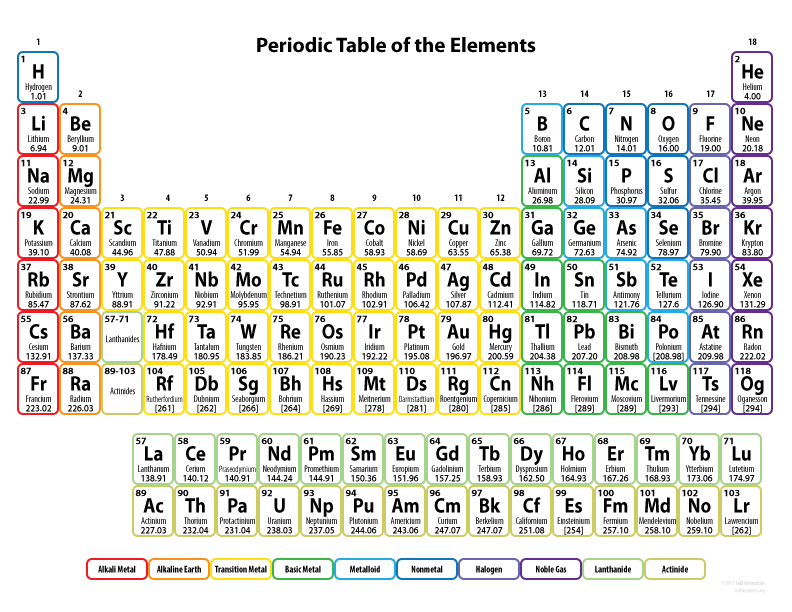
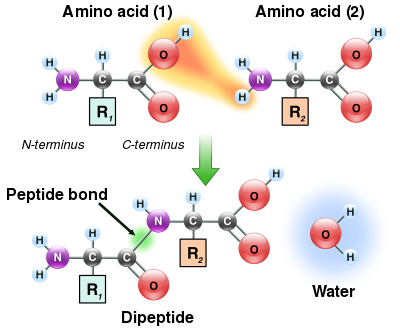
One particular element, Carbon, has valences suitable for forming a wide variety of complex compounds, and the study of these is called "organic chemistry", because these compounds form the basis for interactive system that have the property of being able to decrease their internal entropy at the expense of the entropy of their surrounding environment (by, for example, sensing and moving about that environment in order to consume parts of it and convert those parts into growth, self-repair/self-preservation and self-replication). We call this property "life" and the study of these living systems "biology".
Biologists notice that there are also observable regularities among living organisms, especially the large ones with calcium bones. Each individual organism is made up out of a mainly cooperative ecosystem of tiny cells, each of which contain strands of a chemical known as DNA. The cells in the body reproduce and die many times during the individual's lifespan, but stored in regions of the DNA molecule (known as "genes") is information, encoded as patterns of amino acids (known as "alleles"); this information contains instructions on how to construct cells, adapt them to specialised functions and alter the chemicals they process (which in turn, via something similar to 3D origami, dictates the shape of the resulting creature). The information gets replicated and passed on each time, very very accurately (fewer than 1 mutation in every billion amino acid pairs copied). And, if the individual is lucky, on a few occasions during their lifetime they may meet up with another individual whose DNA is compatible, and combine the information from the two individuals in a fashion that results in the creation of a new smaller third individual who (with aid) may become self-sufficient and head off to consume parts of the environment and, in turn, create more small individuals. This process is known as "sexual reproduction".
The group of individuals whose DNA is compatible enough to result in fertile offspring is known as a "species", but this isn't a concept with absolute fixed boundaries, because it is quite possible to have a chain of individuals where A is compatible with B, B is compatible with C, C is compatible with D, but (if you continue the chain) you reach the stage where A is not compatible with Z. When these individuals are all alive at the same time, this is known as a "ring species".
When these individuals are spread out over time there's a different name for the process. If you have A who is the parent of B and Z (who get blown by a hurricane to a different island). Over the generations B gives birth to C, who gives birth to D, etc; while Z on the other island gives birth to Y, who gives birth to X, etc. Eventually if, when two distant descendants meet: K (descendant of B) and T (descendant of Z) and they are not compatible, we say that "speciation" has occurred. They are two new species.
One biologist, Charles Darwin, pointed out that all species of life on Earth seem to fit neatly into a single forking ancestral tree and that the direction in which successive generations of individuals in a species change over time is explainable by the selective pressure from the environment which is more likely to kill off individuals before they have reproduced if those individuals do not fit into the environment as well as their peers do.
A later biologist, Richard Dawkins, pointed out that, seen from the point of view of the alleles in an individual's DNA, the large sacks of bones walking around are just the alleles way of spreading copies of itself, and that each allele is in a symbiotic relationship with the other alleles in the genome of its species. He additionally pointed out that ideas also face mutation, selection, inheritance and adaptive pressures, and that the patterns by which ideas spread and change over time obey the same underlying mathematical model as the biological evolution of species (this is known as "meme" theory).
One of the things explained by the current scientific consensus theory of how biological evolution happens (hereafter referred to as "evolution") is why there has been specialisation among individuals in species that sexually reproduce into two genders, "male" and "female". Different species have chosen different strategies when it comes to offspring. Some have lots of offspring, but invest as little time and energy on producing each one as possible. Other species have fewer offspring, but invest more in improving the chances that each individual offspring will survive until adulthood. Where there is an unequal burden in which gender parent provides the direct investment (generally the female provides more), sexual dimorphism springs up, with the male taking on a different role (sometimes acting as a provider or protector to the female, and sometimes acting as a risk-taker, with fewer males breeding, but those males which do breed then acting as mate to more than one female).
Among the types of specialised cell in the bodies of vertebrates are ones that pass on messages via secreting chemicals (the endocrine system) and via electrical signals (the nervous system). These systems permit living creatures to model reality and make decisions ("thought"), experience positive and negative feedback ("feeling"), store these thoughts and feelings and input from their senses as data for later retrieval ("memory"), change their decisions depending upon that stored data ("learning") and project their model forwards to consider possible futures ("anticipation"). These abilities give creatures a capacity for adapting to their environment on a much faster timescale than would be allowed by just waiting to see which individuals survive long enough to pass their alleles on to the next generation. The lessons learned this way are not passed on in the genes, but they can still be passed on via teaching and example, from one generation to the next.
The study of how animals behave, as influenced by nature (genes) and nurture (memes), is called "ethology". The reward and aversion systems of animals have evolved intrinsic motivational drives that are adapted to working in the interests of the animal's DNA. These drives include
- survival (not dying from starvation, cold, heat, thirst, being eaten, disease or injury)
- reproduction (having sex and raising children)
- safety (gaining, holding and organising a safe predictable territory, then saving up resources)
- grouping (gaining acceptance into a group who can share defence of territory and resources, staying in contact with them and being loyal to them)
- respect (increasing status within the group, leading to preferential access to resources and reproduction, influence over decisions, and power to strike down defectors, betrayers and competitors).
- fun (improved health, reduced stress, seeking novelty, mastery of skills - improving your quality of life improves your survival and reproductive success)
The more complex the animal's brain, the more likely the animal is to have the more complex drives that depend upon grouping, learning and anticipation. Humans (and some of the other higher primates) have brains capable of abstract thought, and in addition to the above can also experience drives that are abstractions of the more basic ones, such as Autonomy (a need to express individuality, to achieve cognitive independence from the social group) and Idealism (a need for social justice - an ethical system generalised beyond fairness and loyalty to just one social group).
It is notable that these drives are not, from the perspective of the individual creature (as opposed to the creature's DNA) entirely selfish, and can lead to altruistic actions (such as a mother fighting off a predator to defend her cubs, rather than running away; or a member of a tribe taking wounds in the process of defending the tribe from outsiders or from insiders not obeying the social mores and expectations of the tribe - its rules). The abstraction of the altruistic drives and positive emotions that are seen in both humans and other animals (the love of a mother or mate, loyalty to the pack and a desire for fairness) can lead, in humans, to actions we'd consider truly heroic or altruistic and, when we use a brain scanner to look at which parts of the brain are active, we can trace down the physiological mechanism behind it. It turns out that the way brains are wired is to, by default, see all people as 'us'. There is a mechanism layered on top of this which keeps track of favours, fear, 'trustworthiness' and group membership. However when this mechanism is inhibited by certain chemicals (such as Oxytocin or MDMA) the brain reverts to the ego-less state of a newborn baby.
The study of how humans think and behave (and how that depends upon the brain) is called "psychology" (and "neurology").
What is the Atheist Eschatology?
Atheist world-views tend to predict very little about the future (except that the regularities of nature are likely to continue to hold, by Occam's Rasor) and, even then, only in terms of probability.
The Sun (the star the planet Earth orbits) is due to expand as it gets older, destroying the Earth completely in about 7,600,000,000 years time, however the Earth will become unpleasant to inhabit (no seas or atmosphere) in just less than 1,000,000,000 years' time, as the increasing heat boils everything off.
What is the Atheist Epistemology?
The source of the reliance we can place upon the findings of science is our knowledge of human nature.
The 'best practices' of the scientific community (sometimes known as the 'scientific method') is the community's collective wisdom on how not to fool itself, accumulated over generations by experience of the flaws that can be introduced if any element of the method is left out. The basic cycle, that can be carried out by one person in isolation is:
STEP 0 : Start with an initial null hypothesis and make that your current hypothesis
STEP 1 : Via thought and observation, generate a variant hypothesis that explains everything observed so far at least as well as your current hypothesis
STEP 2 : Design an experiment for which your two hypothesis predict different outcomes
STEP 3 : Carry out the experiment
STEP 4 : If the variant won, make your variant the current champion. Return to step 1 and keep challenging it until it either falls over and you have to replace it, or until you've tested it so strongly that you've gained lots of confidence in it.
However the wider method, and the one from which we gain confidence, stems from:
STEP 5 : When you have confidence, publish your hypothesis, your data, and the experiments you carried out in sufficient detail that others can attempt to replicate your findings
Any individual researcher or even an entire research lab could be involved in fraud. However the more people involved in a conspiracy, the lower the chances that it will be kept, especially if people have a strong incentive to defect. Academics generally read all new papers, as they get published in the relevant reputable peer-reviewed academic journals in their specific area of research. And academics get status from publishing responses to papers, especially if the paper is making an important claim and the academic can refute what it is saying. So, if you see a claim made in a paper published in a relevant reputable peer-reviewed academic journal and, checking the citations, you find that several high-impact papers cite it without denouncing it, this tells you that for it to be obviously fraudulent would require thousands of scientists living in different countries to simultaneously decide to selflessly sacrifice the money and status they'd achieve by pointing out the fraud. Human nature tells us this is amazingly unlikely to happen.
What about non-obvious frauds or just flawed experiments that can't be replicated?
If a paper has been around for 10 years, and is making a major claim, yet nobody has published a follow up or tried to replicate it, that would be seen as suspicious and lead to people ceasing to cite it and either investigate or turn towards alternative hypothesis. Academia is a ferocious jungle and the only ideas which survive to trigger new generations of science built on top of them tend to be those that are actively fought for and survive hostile testing from groups backing other candidates. People point at medicine and say "Doctors change their minds all the time about what the best treatment for a particular disease is" and point at Galileo and say "Everything could be wrong, anything in science could change completely at any moment", but that's not so. The vast majority of the body of scientific findings is very stable. The cutting edge that changes at a faster rate is more publicly visible precisely because changes generate publicity. Doctors face two difficulties, in that there are restrictions on what sort of experiments you can carry out on human patients, and they don't have the luxury of saying "we don't know yet", because sick people want a best guess they can try right now, not certainty in 10 years time.
If you're going to bet on whether a scientific prediction, drawn randomly from a textbook in a library's science section, is true or not, you'd be a fool to accept 50:50 odds. The predictions of science are far far more likely to be right than they are to be wrong. That's not 100% certainty, but it is a source of reliability. It is a bet you take every time you put your life at the mercy of a car, a plane, an electrical appliance or a building constructed according to Newton's principles of mechanics. It is base hypocrisy to take that bet every time, when it comes to immediate danger to the life of yourself or your child, but then throw up your hands and say "Science isn't reliable" when it comes to scientific questions that don't put you in danger.
What is the Atheist Philosophy?
There is no agreement on a theoretical level between Atheists on the purpose of life because, as Hume famously declared, you can't logically deduce an 'ought' statement from an 'is' statement.
This doesn't mean that there is no absolute morality and that morality is all relative. It just means we can't prove which answer is correct.
On a pragmatic level, though, consensus can be reached. There are multiple atheistic religions, such as Secular Humanism, that have codified answers:
" The basic components of effective morality are universally recognized. Paul Kurtz has written of the “common moral decencies”—qualities including integrity, trustworthiness, benevolence, and fairness. These qualities are celebrated by almost every human religion, not because God ordained them, but because human beings cannot thrive in communities where these values are ignored. " (source)(older)






